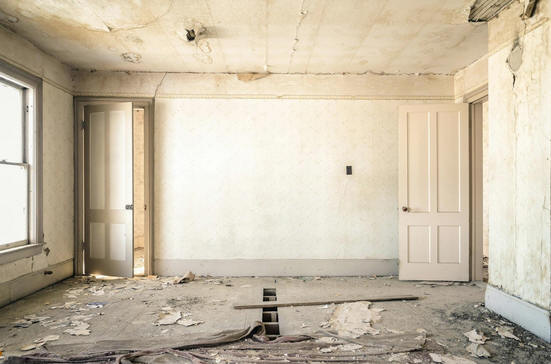 (1/22) Establishing a sustainable living environment means choosing wisely to improve the comfort and appearance of our houses while prioritising our earth's health. Every choice, from choosing energy-efficient appliances and water conservation techniques to choosing environmentally friendly flooring and walls, adds to a more sustainable way of life. Homes can greatly reduce their environmental effect by concentrating on natural, recycled, and locally produced materials and investing in sustainable furniture and decor. This all-encompassing strategy promotes ethical consumption, a better living environment, and a closer connection to the surroundings.
(1/22) Establishing a sustainable living environment means choosing wisely to improve the comfort and appearance of our houses while prioritising our earth's health. Every choice, from choosing energy-efficient appliances and water conservation techniques to choosing environmentally friendly flooring and walls, adds to a more sustainable way of life. Homes can greatly reduce their environmental effect by concentrating on natural, recycled, and locally produced materials and investing in sustainable furniture and decor. This all-encompassing strategy promotes ethical consumption, a better living environment, and a closer connection to the surroundings.
Choosing sustainable materials for flooring and walls
Choosing materials for walls and flooring calls for solutions with the least environmental impact to be the top priority. Natural materials with less carbon footprint yet have great durability include bamboo, cork, and reclaimed wood. For wall finishes, consider adopting sustainable substitutes like clay, lime plaster, or non-toxic paints that improve indoor air quality and offer a distinctive look. Including integrated PV panels in the architecture will also help capture solar energy, lower reliance on non-renewable power sources, and improve the energy efficiency of the construction. Locally based material procurement can help lower transportation emissions, supporting a more sustainable house design.
Eco-friendly options for furniture and decor
Choosing furniture and decor composed of sustainable materials will help your house to be much more environmentally friendly. Search for items made from certified sustainable sources or recycled wood to cut waste and give your area individuality. Organic materials, such as cotton or linen, used in upholstery guarantee that dangerous chemicals are avoided. Investing in antique or second-hand goods encourages recycling and provides a distinctive appeal absent in new ones. Deliberately choosing will help you to design a fashionable yet ecologically friendly living space.
Energy-efficient appliances and lighting
Reducing your house's overall environmental impact depends mostly on choosing energy-efficient equipment and lights. Look for appliances with the Energy Star designation; these are made to run low on energy while maintaining great performance. Including LED lights all around your house reduces energy consumption and increases the lifetime of your lighting. Furthermore, smart home technologies like motion-sensor lighting and programmable thermostats should be considered, which allow one to control energy consumption better. These decisions save utility costs and help to lead a more sustainable way of living.
Implementing water conservation strategies
Including water-saving techniques in your house's construction will help greatly lower waste and advance sustainability. Low-flow bathroom and kitchen fixtures serve to reduce water use without compromising functionality. Furthermore, rainwater collection systems should be considered for gathering and recycling water for non-potable or irrigation uses. Since native plants usually need less water and maintenance, they can help to improve conservation efforts further. Making these deliberate decisions can help you to build a more efficient house that honours this valuable resource.
Conclusion